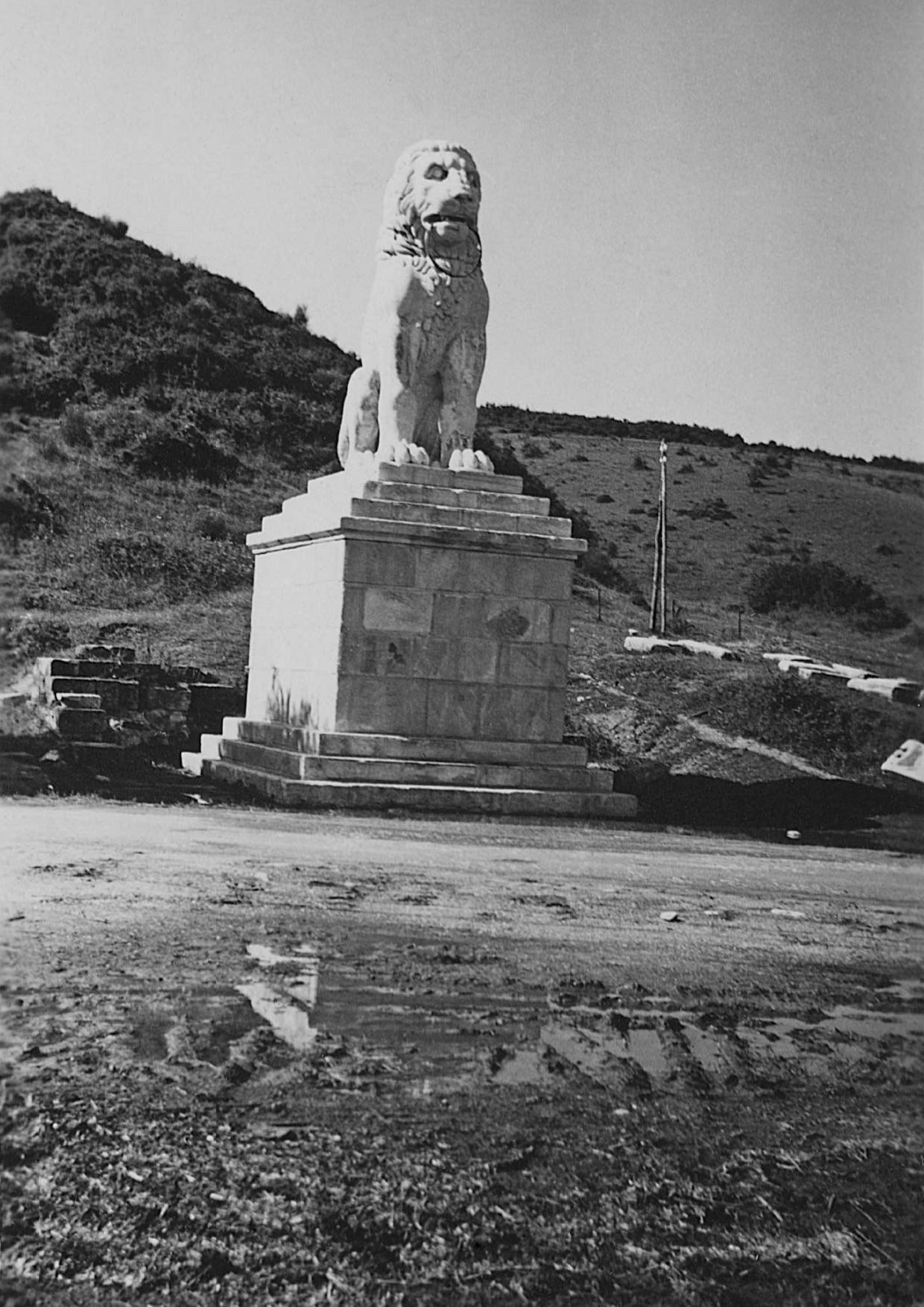
4/29/2025 10:17:38 AM
The Lion of Amphipolis
The Lion of Amphipolis is a marble sculpture depicting a lion, with its facial features and mane rendered in relief. The lion is seated on its hind legs and stands atop a marble pedestal. The total height of this monumental work reaches 5.30 meters. Chronologically, it most likely dates to the second half of the 4th century BC. The first fragments of the monument were discovered by Greek soldiers who had camped in the area during the First Balkan War in 1912, when they drained the bed of the Strymon River in order to construct a modern bridge. In the riverbed, they found the marble pedestal of the Lion, which had been reused in a dam during or after the Roman period. In August 1916, during World War I, British soldiers also discovered significant portions of the monument while building fortifications on the bridge. The British attempted to remove the fragments from the site with the intention of taking them with them, but a Bulgarian attack disrupted their plans. In the early 1930s, during drainage works on a section of nearby Lake Kerkini, an ancient bridge was discovered. Near this bridge, large parts of the marble lion were found buried in the river mud. In 1937, thanks to Lincoln MacVeagh, then U.S. ambassador to Greece, a private initiative, with the support and funding of the Greek government, led to the restoration of the Lion of Amphipolis, which ultimately attained its present form. Pictured: The Lion of Amphipolis in a photograph taken by German soldiers in April 1941. ©Municipal Photography Museum of Kalamaria ‘Christos Kalemkeris’.

